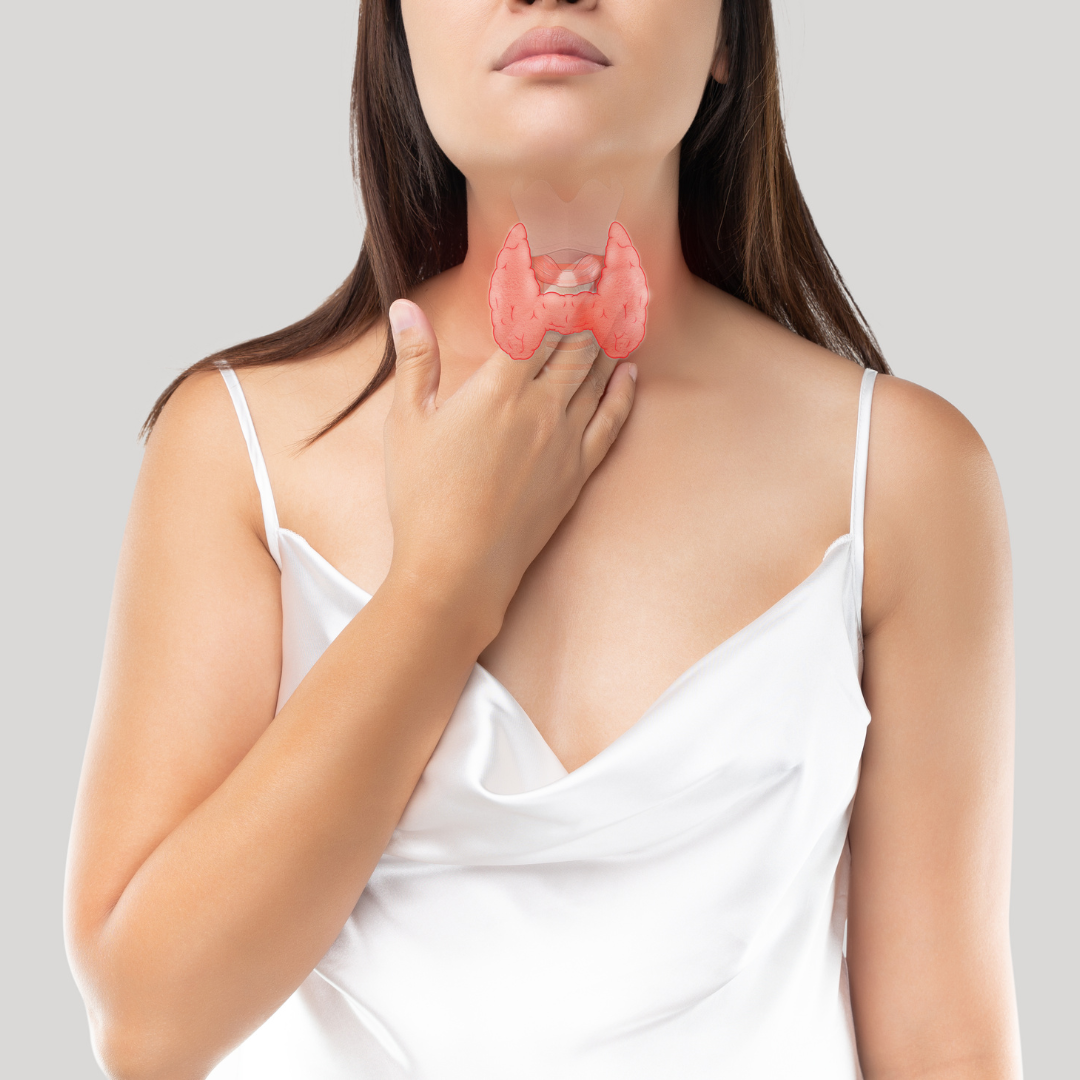Common sense already tells us that our general well-being and health will also have an impact on our ability to have children. The better we are, the sooner the body and soul have the resources to engage in reproduction in the first place.
This also applies to a very common disease, which the World Health Organization (WHO) considers one of the world’s biggest health threats, which unfortunately increasingly affects younger people and which no-one would usually think of with regard to fertility: high blood pressure.
High blood pressure is not just an ageing phenomenon
Family predisposition plays an important role in high blood pressure at a younger age. If obesity, smoking, medications for ADHD or the contraceptive pill are added, the individual factors can add up and blood pressure can increase at a younger age.
Blood pressure and fertility
A large Chinese study led by Dr Bei Wang of Southeast University, Nanjing, China, used data from 2,234,350 couples aged 20-49 who were about to start a family, to determine how a couple’s blood pressure status is related to their fertility.
When measuring blood pressure, a distinction is usually made between systolic and diastolic blood pressure according to the heart phase in which blood pressure is measured. The systolic blood pressure is the maximum blood pressure value and is measured during the cardiac ejection phase, the systole. The diastolic value is the significantly lower value measured during the cardiac filling phase, the so-called diastole.
For a real significance of a possible relationship between blood pressure and fertility, it was important for researchers to also consider age, ethnicity, educational attainment, occupation, household, region, tobacco and alcohol consumption, body mass index, duration of marriage, and women’s fasting blood sugar levels when assessing the measured data.
Terrifying findings
The results were alarming. Compared to women with normal blood pressure, the researchers found that women with elevated blood pressure (systolic blood pressure >/= 140 mmHg or diastolic blood pressure >/= 90 mmHg) had a 21% lower chance of becoming pregnant.
There was also a clear link between high blood pressure and subfertility in men. Already a slightly increased systolic blood pressure between 120 and 139 mmHg and / or a diastolic value of 80-89 mmHg was associated with lower fertility.
If both partners had high blood pressure, the pregnancy rate was a staggering 27% lower than for couples with blood pressure levels in the normal range.
What to do?
All couples who wish to expand their family should be advised to check their blood pressure and to counteract any increase in blood pressure.
A visit to the doctor will shed light on whether a disease may be the cause of hypertension. The expert then speaks of secondary hypertension. The fight against the causes would then, of course, be in the foreground.
For example, polycystic ovary syndrome (PCOS) is the most common endocrine disorder in women before menopause, with a prevalence of five to ten percent. At the same time, it is a time bomb for the heart and circulation. Affected patients often have metabolic syndrome with insulin resistance, dyslipidemia and – surprise, surprise – high blood pressure.
Therapy
Treatment of the underlying disease
In secondary hypertension, the treatment of the underlying disease in many cases leads to a normalization of blood pressure values. Lifestyle changes are often recommended, too.
Medication
In the drug therapy of hypertension, so-called antihypertensives are used. They are usually administered as combination preparations (multiple active ingredients in only one tablet). Examples include ACE inhibitors, angiotensin receptor blockers, diuretics, calcium antagonists, beta blockers and others..
The choice of the drug ultimately depends on the individual situation of the patient. Blood pressure lowering medications must be taken regularly and always at the same time. As a rule, the therapy will need to continue all your life. Through a healthy lifestyle, the dosage of the active ingredients can be kept as low as possible.
Lifestyle changes
In patients with mild hypertension (140/90 mmHg), lifestyle changes are often sufficient to normalize blood pressure. If this is not successful, the doctor prescribes antihypertensive drugs as described above. However, a healthy lifestyle supports the effectiveness of a drug treatment in any case. The first steps should be to consume less alcohol, quit smoking and reduce stress. Regular exercise should be integrated into everyday life. Endurance sports such as cycling, running or swimming have proved particularly suitable. A healthy body weight can become a game-changer, already a weight loss of about 10 kg reduces blood pressure by 5-20 mmHg!
Nutrition
A consistent change in diet can reduce blood pressure levels by an average of 10 mmHg. Based on a Mediterranean diet, we recommend less animal fats, more fish instead of meat, vegetable oils and plenty of fresh fruit and vegetables.
The WHO also recommends eating less than 5 grams per day. Less salt in food has a positive effect on blood pressure: low salt food preparation, not re-salting, and avoiding convenience foods reduces blood pressure levels by a few mmHg. By the way: Less salt does not automatically mean a boring and bland diet. Often, selected spices and fresh herbs can even produce a much better taste than high amounts of salt.
Natural support for men
For years, a protein building block from the watermelon, citrulline, has been used by naturopaths, especially in men, for the natural reduction of blood pressure. In the body, citrulline is converted into arginine, which in turn produces nitric oxide (NO). The latter lowers blood pressure by dilating blood vessels and has a protective effect on vascular health through various mechanisms. In people with obesity, malnutrition and high blood pressure, arginine is usually not available in sufficient quantities. Arginine itself can unfortunately often be absorbed only to a limited extent, but the arginine precursor citrulline from the watermelon stimulates the body’s own arginine production effectively and long-lasting (e.g. in Fertilovit® Mplus combined with all vitamins and minerals, which are also important for sperm formation).
Natural support for women
In women, high blood pressure is very often due to the underlying problem of polycystic ovary syndrome, which then makes it difficult to fulfil the desire to have a child not only through hypertension, but also through hormonal imbalance with missing ovulations. Then, nutritionists like to work with natural support from the inside through the additional intake of chromium and inositols (e.g.: in Fertilovit® F PCOS, perfectly combined with high-dose folic acid and everything else that a woman needs when she wants to have children and suffers from PCOS).
References:
Figueroa A et al. Effects of Watermelon Supplementation on Aortic Blood Pressure and Wave Reflection in Individuals With Prehypertension: A Pilot Study Am J Hypertens. 2011 Jan;24(1):40-4. doi: 10.1038/ajh.2010.142. Epub 2010 Jul 8.
Figueroa A et al. Influence of L-citrulline and watermelon supplementation on vascular function and exercise performance. Curr Opin Clin Nutr Metab Care. 2017 Jan;20(1):92-98. doi: 10.1097/MCO.0000000000000340.
Gröber U. L-Citrullin verbessert Bioverfügbarkeit an L-Arginin. Zeitschrift für Orthomolekulare Medizin 2019; 17(02): 4, DOI: 10.1055/a-0941-6716
Hong X. et al. Preconcpetion blood pressure and time to pregnancy among couples attempting to conceive their first pregnancy. A, J Obstet Gynecoll 2019; 221(5):470.e1-10 https://www.ajog.org/article/S0002-9378(19)30710-0/fulltext
Lekakis, J.P., et al., Oral L-arginine improves endothelial dysfunction in patients with essential hypertension. Int J Cardiol, 2002. 86(2-3): p. 317-23.
Moss, M.B., et al., Diminished L-arginine bioavailability in hypertension. Clin Sci (Lond), 2004. 107(4): p. 391-7.
Neuhauser HK et al. Hypertension prevalence, awareness, treatment and control in Germany 1998 and 2008-11. J Hum Hypertens, 2014 Oct 2. doi: 10.1038/jhh.2014.82.







